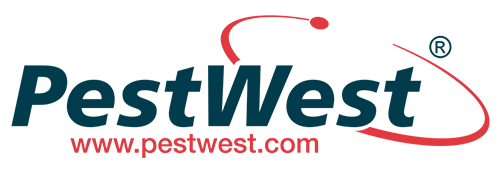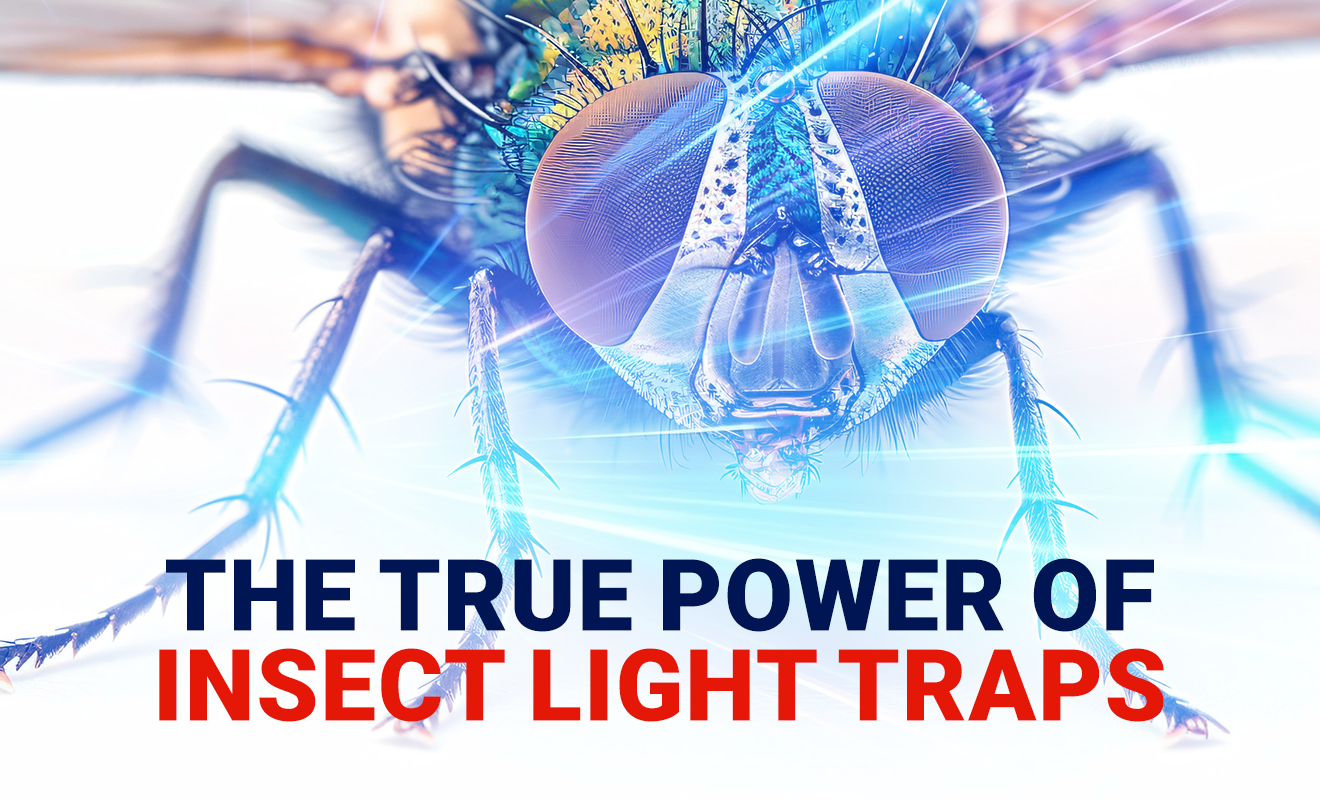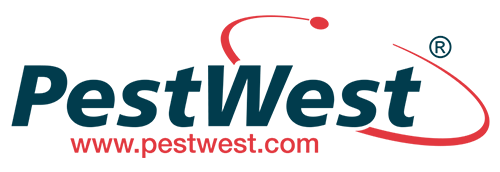Disentangling the Confusion by Unveiling the True Power of Insect Light Traps
By Dr. Stuart Mitchell
Insect light traps (ILTs) are a significant tool in the portfolio of integrated pest management strategies. For example, when it comes to controlling House fly (HF) Musca domestica. ILTs leverage ultraviolet (UVA) light to domesticate or artificially stimulate HF and other flying insects, which are captured by adhesion on design-specific glue boards or by high-voltage/low amperage electrical grid electrocution to catch-tray-drop.
The two primary UVA light sources used in ILTs are fluorescent lamps and LED lamps. This article examines the physiological reactions of HF to these UVA light sources. Additionally, drawing from laboratory testing results, comparative analyses of efficacy are contrasted.
Science behind UVA lamp glow-how UVA attracts HF:
HF possesses compound eyes made up of numerous photoreceptive six-sided lenslets termed ommatidia, which are finely tuned to different wavelengths of light. These ommatidia contain photopigments that are sensitive to UVA light. When UVA light is absorbed by these photopigments, a phototransduction cascade is triggered. UVA light signals are converted to electrical impulses that tend to direct HF towards the UVA source.
365 nm fluorescent lamps (FUVA)-the classic approach:
FUVA lamps emit a broad spectra of light with a peak at 365 nm. Broad wavelengths of light emission can stimulate a wide range of flying insect photopigments, which can result in a generalized response from fly species. However, the intensity of FUVA lamps can be lower and less consistent compared to LEDs.
370 nm LED filament lamps-the modern approach:
LED filament lamps emit a narrow and specific wavelength, producing a concentrated and intense beam of light at 370 nm. This targeted wavelength closely matches the absorption peak of specific photopigments in HF, leading to a more efficient phototransduction process and a robust behavioral response. LED filament lamps offer higher intensity and more consistent UVA light output, making them comparatively formidable to fluorescent lamps.
Real-world comparison-FUVA vs. LED filament:
Laboratory testing1 was conducted to compare these two UVA light sources under controlled conditions:
- Test environment: 132 ft2 open room at ambient conditions
- FUVA lamp ILT: 2 x 15 W 18” T8 fluorescent lamps
- 432 LED filament lamp ILT: 2 x 5.6 W 21.6” T5 Quantum® X LED lamps
- HF releases: 100 mixed-sex HFs released per each replicate test
- Durations: 30, 60, 90, 120, 150, & 180 minutes
- ILT placement: 1.8 meters from the bottom of trap to the floor
Results:
The FUVA lamp ILT achieved a mean capture of 88.5 HFs with a standard error (SE) of 1.9. In comparison, the LED filament lamp ILT captured more, with a mean capture of 91.2 HFs and the same SE of 1.9.
Analyzing the outcome-disentangling efficacy:
The data reveals a notable difference in the performance of the two ILTs.
FUVA ILT: Achieved a respectable mean capture of 88.5 flies in 180 minutes.
LED Light Trap: Outperformed with a mean capture of 91.2 flies in 180 minutes.
Disentangling the confusion:
There has been some confusion in the pest management industry regarding the relative effectiveness of FUVA ILTs versus LED ILTs. This confusion often arises from varying attraction and capture rates reported in different studies. By scrutinizing the actual results from laboratory testing, we can clear up this confusion through clarity.
- FUVA ILTs remain effective but may not match the efficiency levels of LED ILTs in pursuit of capturing HFs under similar conditions.
- LED ILTs can deliver a higher and more consistent capture rate compared to FUVA ILTs. This is due to a favorable phototransduction reaction and stronger behavioral response elicited by the intense specific peak of the LED filament 370 nm light.
In review:
A real-world comparison highlights a more favorable performance of Quantum® X LED ILTs in the battle against HF. The enhanced efficacy of Quantum® X LED lamps, driven by higher intensity and targeted wavelength, positions them as a significant tool in pest management.
By understanding physiological interactions and leveraging the advanced technology of Quantum® X LED ILTs, PMPs can achieve more effective and sustainable control of HF and other pestiferous species.
This exploration of FUVA and LED ILTs reveals the nuanced differences between these two technologies. Discovered, are valuable insights for PMPs seeking to optimize their strategies for managing small and large filth flies.





